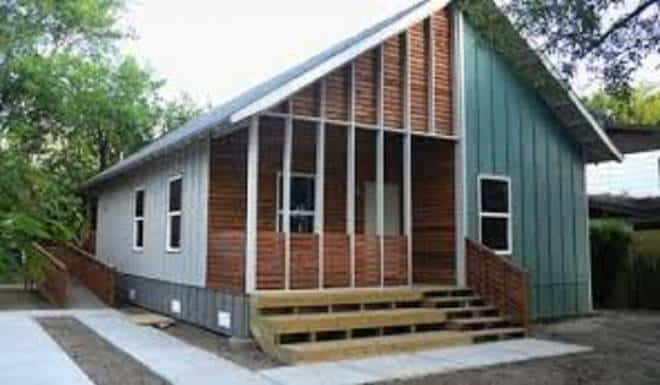New York: With recommendations from Texas A&M University, the state legislators are investigating the benefits of RAPIDO — a pilot programme that reduces the time to rebuild homes destroyed by natural disasters.
The programme is managed by building community WORKSHOP, a Texas-based, nonprofit organisation that employs design to improve community livability and viability.
In developing recommendations for RAPIDO, researchers from Texas A&M University’s Hazard Reduction and Recovery Center (HRRC) reviewed 40 reports detailing obstacles and challenges faced by homeowners trying to rebuild homes.
“One key finding was the need to address long delays faced by those transitioning from temporary housing to permanent housing,” said Shannon Van Zandt, HRRC research faculty fellow and professor of urban planning.
“The RAPIDO programme was developed to respond to this challenge by helping residents return to their property within three months, then build their home incrementally,” Van Zandt, who also headed the review, added in a university statement.
Once accepted into the RAPIDO programme, families move into pre-assembled modules erected on their property within days of a disaster.
Then, the homeowners provide design input for their new homes, which are constructed around the module at a pace and budget they can afford.
The process creates a much quicker and more equitable path to permanent housing for low-income residents, who are often most at risk from disasters, the researchers said.
The RAPIDO programme will be featured at the Cooper Hewitt Smithsonian Design Museum in New York in “By the People: Designing a Better America”, an exhibit of exemplary design models in the US slated to run from September 30 till February 26.
IANS

